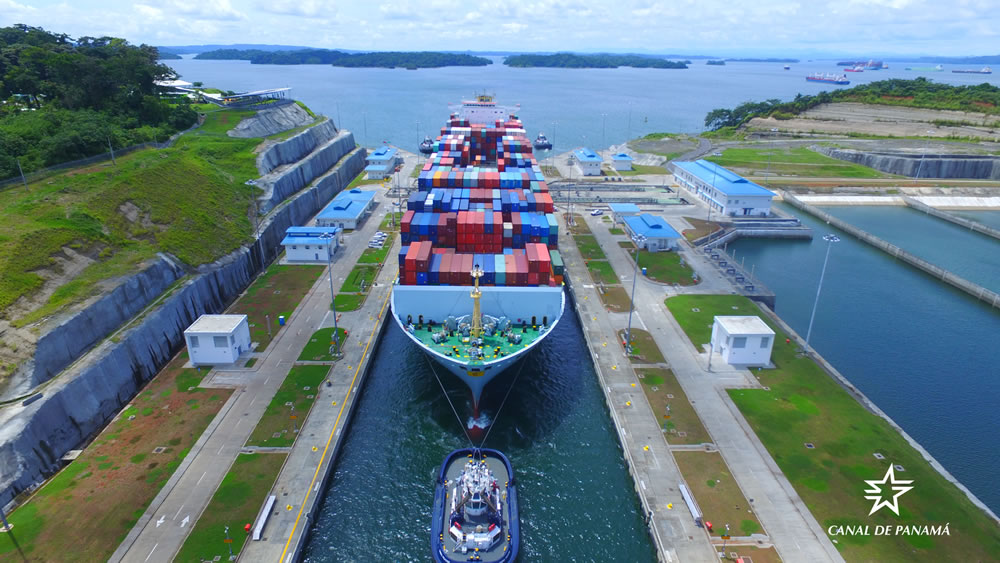The Panama Canal Prepares for a $2 Billion Expansion to Avoid a Future Drought

Based on the weather phenomena El Niño and La Niña, the Panama Canal expects periods of drought from time to time and is preparing to be ready for the next one to hit. The Canal chief, Ricaurte Vasquez, said that the next drought could hit the world’s second-largest waterway within four years. By expanding its water reservoirs’ this will increase capacity in order to accommodate larger vessels, and will secure dedicated passage for ships. The canal authority has announced a return to 36 vessel transits per day and a maximum draft of 50 feet (15 meters) for vessels to pass, which is considered as normal standards for this time of the year, especially at the end of a fiscal year hit by severe drought. By the way, your comments and opinions are welcomed at Newsroom Panama by writing to us at PanamaNewsroom@gmail.com
“The frequency (of droughts) is faster now than it has been in the past,” Vasquez said, adding that the canal remains rainfall-dependent. Vasquez said within the next four years, Panama is likely to see another severe drought, factoring in rain patterns and the frequency of weather phenomena El Niño and La Niña. The canal uses fresh water from rain-fed lakes to operate its locks, which separate the salt waters of the Atlantic and Pacific oceans. Even after drastic measures to conserve water since last year, which led to long waiting times for ships, the authority expects its revenue to be in line with a goal of $4.78 billion set in its budget for this fiscal year, which ends on Sept. 30. Revenue budgeted for the next fiscal year starting in October is $5.6 billion. Active rainfall through November is expected to allow an average of 34.5 transits per day, versus as low as 24 per day this fiscal year.
“We will go more into a longer-term trend of operations compared to this disruptive year of 2024,” Vasquez said. Preparations for a $2-billion expansion of one of its water reservoirs, following approval by Panama’s Supreme Court, are expected to take 18 to 24 months, including engineering studies, he said. “I think it will be advisable to go to the market,” he said about the project’s financing. The reservoir expansion, coupled with slot changes to encourage larger vessels to use the waterway and dedicated passage for some ships, including carriers of liquefied natural gas, liquefied petroleum gas and refrigerated cargo, would allow the canal to handle the same tonnage while avoiding delays under a water-saving system. Panama’s average tonnage per transit has increased to 43,000 metric tons this year from about 38,000 tons in 2023, reducing water utilization. “That is what we are trying to accomplish with the market,” he added.
The canal plans a new round of talks in September with LNG producers and market participants over the possibility of securing dedicated passage to those vessels, Vasquez said.





